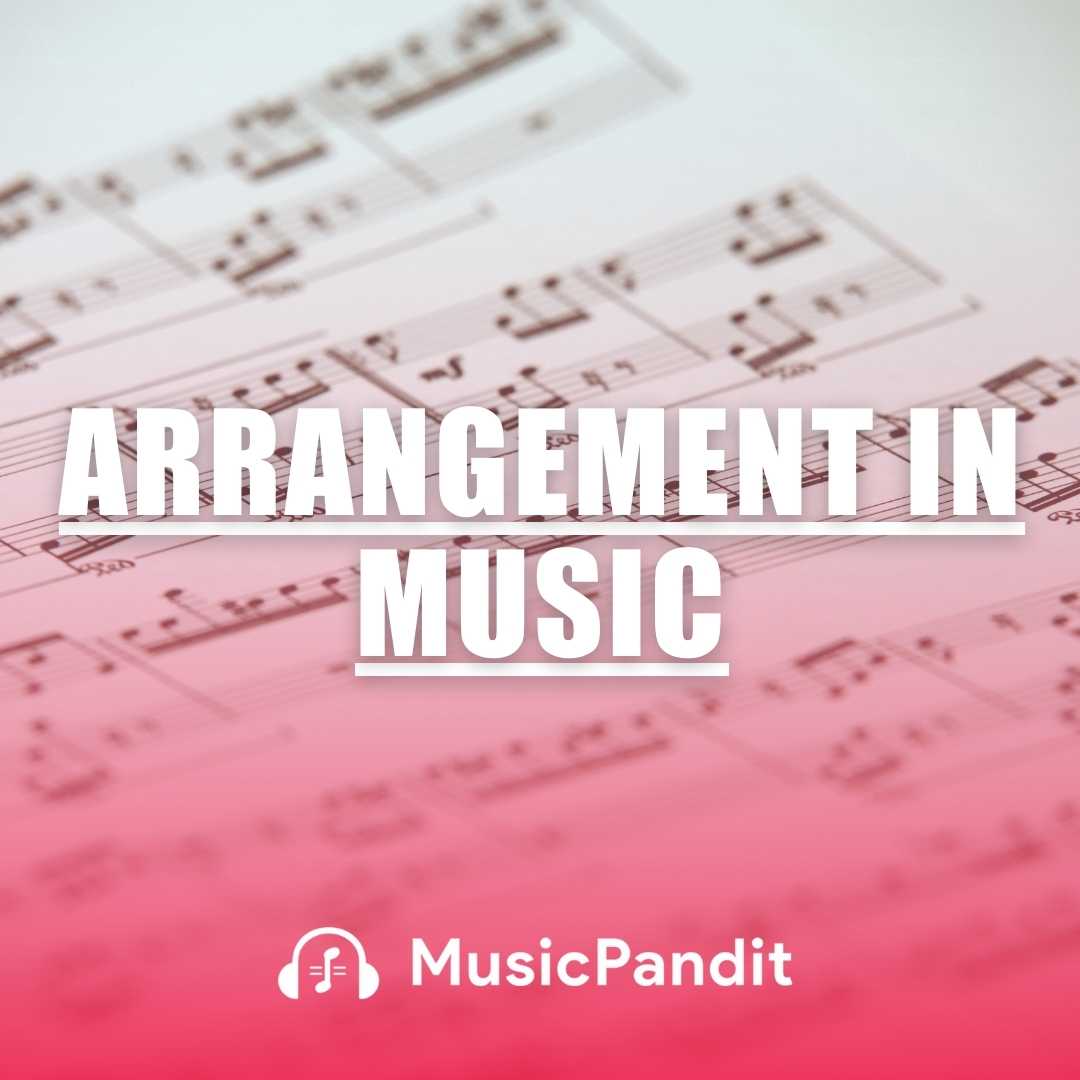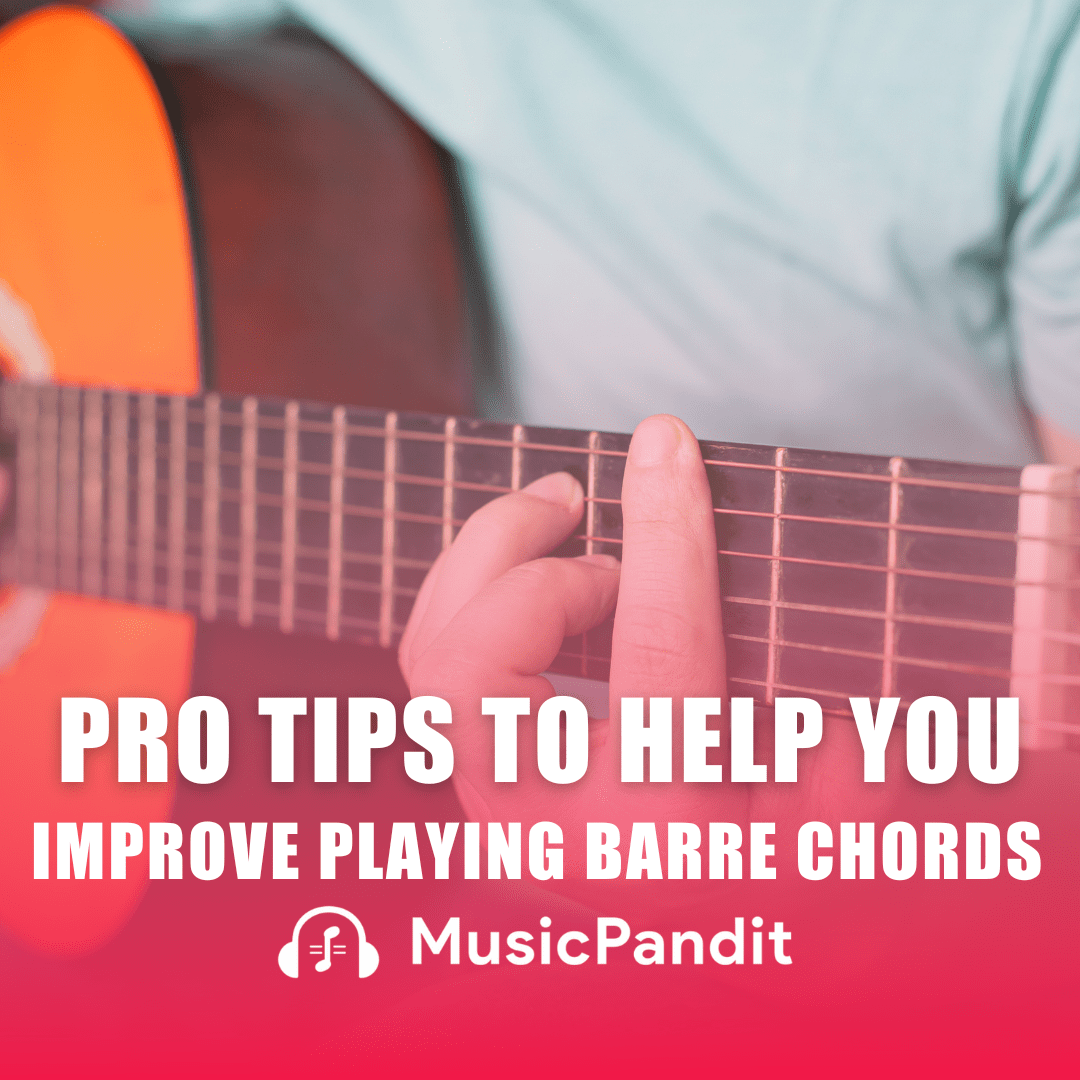In the world of music, the term “register” refers to the relative range of pitches that an instrument or voice can produce. It’s a concept that helps musicians understand how different notes and sounds are grouped together in specific ranges. Each register has its own unique tonal quality and plays a vital role in the texture and emotion of a musical piece.
For young musicians, learning about registers is an essential step in developing their musical skills, whether they play an instrument or sing. Understanding how registers work allows performers to choose the best techniques to express different emotions and create specific effects in music.
Definition of Register
A register in music is a collection of pitches grouped together based on their sound characteristics. For singers, this refers to how the voice can switch between different modes of sound production, such as the “chest voice” or “head voice.” For instrumentalists, the register affects the timbre (tone quality) of the instrument, such as playing a violin in a higher or lower register.
In simple terms, when you sing or play an instrument, you are using different parts of your vocal or instrumental range, and these parts are called registers. Different registers can evoke a range of feelings, from calm and soothing to bright and exciting.
Importance of Register
Understanding register is important because it helps musicians know where their voice or instrument sounds best and how to switch between different sounds for expressive purposes. A pianist, for instance, will play the bass (lower register) for deep and resonant sounds, while playing in the treble (higher register) to produce brighter, more piercing notes.
For singers, knowing your registers means you can control your voice better, allowing you to sing a wide range of notes with ease and emotion. In both vocal and instrumental music, register is key to building dynamic and engaging performances.
Types of Registers
In vocal music, there are several key registers, each with distinct characteristics:
- Chest Voice: This is the voice most people use when they speak, and it’s called the chest voice because singers feel vibrations in their chest when using it. It’s typically used for lower notes.
- Head Voice: When singing higher notes, vibrations are felt more in the head than the chest. The vocal folds are thinner, allowing for faster vibrations that create higher pitches.
- Falsetto: This is an even higher register where the vocal folds are slightly separated, producing a lighter, airier sound. It’s commonly used in pop and classical music for high, soft notes.
- Vocal Fry: This is the lowest register, often used in pop and rock music for a gravelly, relaxed sound.
- Whistle Register: The highest register, where the vocal folds don’t vibrate but are stretched tightly, producing very high-pitched sounds, often heard in operatic or pop performances.
Fun Fact:
Instruments also have registers, affecting the tone and colour of the sound they produce. For instance, a trumpet played in its high register sounds bright and bold, while in its lower register, it sounds more mellow. Composers often use different registers to add variety and contrast in music.
How to Know Your Register
Finding your register is about understanding where your voice or instrument sounds the most comfortable and expressive. For singers, this often involves vocal exercises and working with a teacher to explore the full range of the voice, from low to high notes. For instrumentalists, it means learning how to play your instrument across its full pitch range and understanding how each part of the range sounds.
In vocal music, a singer’s natural register is determined by their voice type (soprano, alto, tenor, or bass), and through practice, singers learn how to move smoothly between registers (a technique called “passaggio”). This transition is crucial for creating fluid and dynamic performances.
Everyone has a natural ability for certain registers based on their vocal or instrumental range. Some people are naturally more comfortable singing in a lower register, while others find it easier to sing higher. However, with practice, musicians can expand their register, allowing them to reach notes that may have been difficult at first. This flexibility is especially important for singers, as it allows them to sing a wider variety of music with greater control and expression.
Uses of Register in Music
Registers are used in music to create different moods and effects. For example, a composer may write a melody in a high register to create a feeling of joy or excitement, while a melody in a lower register may evoke calmness or seriousness. By using different registers, performers can convey a wide range of emotions, making the music more engaging for listeners.
In vocal performances, registers are also used for stylistic effects. Opera singers use their head voice for high, sustained notes, while pop singers often use falsetto for a light, ethereal sound. Instrumentalists also use registers to shape the character of the music, whether it’s a bright, piercing trumpet fanfare in a high register or a deep, resonant cello solo in a low register.
Benefits of Knowing Your Register
Knowing and mastering your register has many benefits:
- Improved Control: Understanding your register allows for better control over your voice or instrument, making it easier to hit the right notes and maintain proper technique.
- Increased Range: By practising in different registers, you can expand your vocal or instrumental range, allowing you to perform a wider variety of music.
- Enhanced Expression: Knowing when to use different registers helps you express emotions more effectively in music, whether it’s conveying excitement, sadness, or calmness.
- Reduced Strain: Understanding your natural register prevents you from straining your voice or overextending your instrument, which can cause damage over time.
Related Concepts
Pitch: This refers to how high or low a note sounds and is closely related to register.
Timbre: The quality of sound that makes one instrument or voice sound different from another, even if they’re playing the same note.
Range: The total span of notes that an instrument or voice can produce. Registers are the smaller sections within this range.
Dynamics: The variation in loudness between notes or phrases, which can be emphasised by changes in register.
Conclusion
The concept of register is fundamental to both vocal and instrumental music. By understanding how different registers work, musicians can improve their technique, expand their range, and bring more emotion and expression into their performances. Whether you’re a singer working on your chest voice or an instrumentalist exploring the low and high sounds of your instrument, mastering registers will help you become a more versatile and skilled musician.
By practising regularly and paying attention to how different registers feel and sound, young students can build a solid foundation for future musical success.















